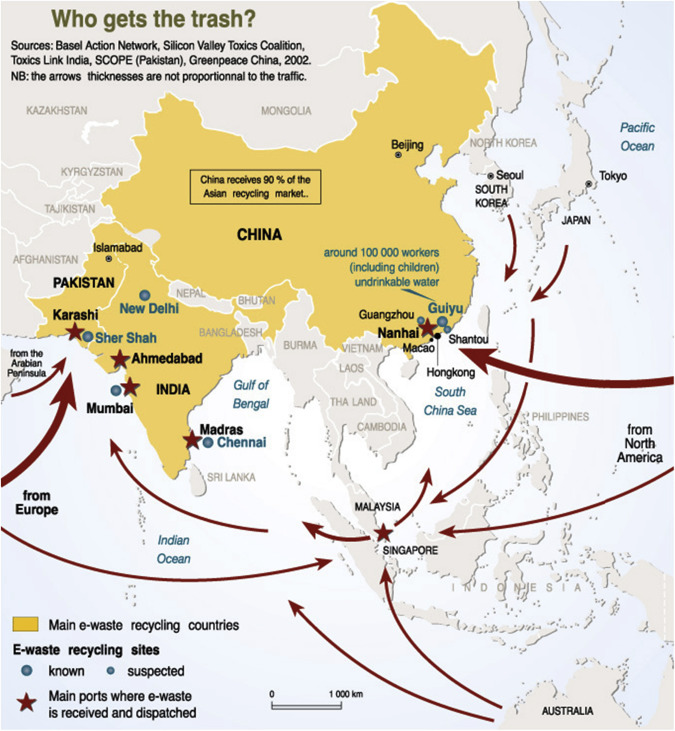Elsevier,
Electronic Waste, Toxicology and Public Health Issues, 2017, Pages 1-15
Chapter on the public health problem of how to effectively deal with or dispose of the ever-increasing number of old or outdated electronic devices (e-waste) in a safe manner. The goal of SDG target 3.9 is to substantially reduce the number of deaths and illnesses from hazardous chemicals and air, water and soil pollution and contamination
Elsevier,
Electronic Waste, Toxicology and Public Health Issues, 2017, Pages 55-61
This chapter will attempt brief review on some of the known factors which define populations, particulary developing countries, at special risk for chemical toxicity from e-waste. The goal of SDG target 3.9 is to substantially reduce the number of deaths and illnesses from hazardous chemicals and air, water and soil pollution and contamination
Elsevier,
Soil Health and Intensification of Agroecosystems, Volume , 22 March 2017
This book chapter advances SDGs 15 and 2 by discussing basic soil physical, chemical, and biological properties and explores the interrelationships between different soil properties and functions as essential building blocks for a healthy functioning soil system.
Elsevier,
Agricultural Systems (Second Edition), Agroecology and Rural Innovation for Development, 2017, Pages 33-72
This book chapter addresses goals 11, 15, 12 and 13 by examining the ecological principles that provide a foundation for resilient and sustainable agriculture that supports rural livelihoods.
Elsevier,
Methods in Stream Ecology: Third Edition, Volume 1, 20 February 2017
This book chapter advances SDG 14 by providing an overview of the methods for monitoring stream temperature, characterization of thermal profiles, and modeling approaches to stream temperature prediction. The development of spatially explicit predictive models provides a framework for simulating natural and anthropogenic effects on thermal regimes, which is integral for the sustainable management of freshwater systems.
Elsevier,
Methods in Stream Ecology: Third Edition, Volume 1, 20 February 2017
This book chapter advances SDG 14 by outlining the use of behavioral observations, gut content and fecal analyses, morphological measurements, and stable isotopes for drawing inferences about the trophic ecology of stream fishes. These methods allow insights at the level of individuals, populations, communities, and entire food webs. Using multiple methods in concert provides a rich perspective on how dietary differences among fish species affect stream ecology.

